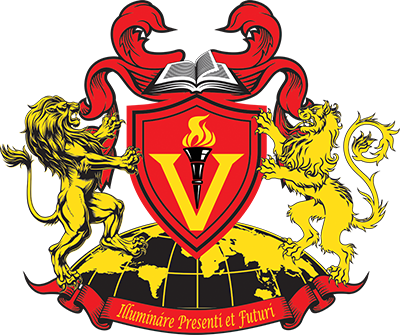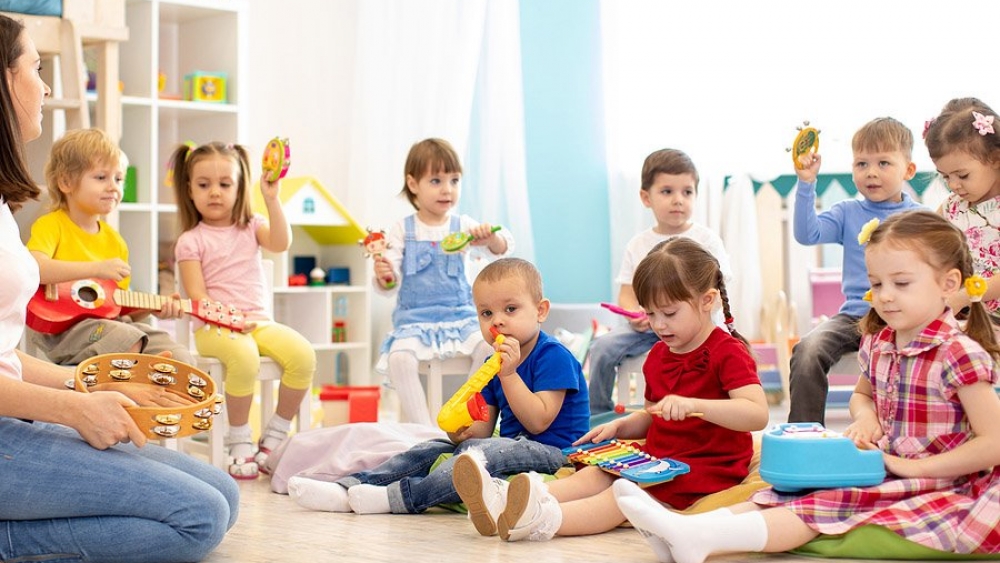Music is about maintaining concentration and coordination with sound and movement. Montessori Preschool learning encourages continuous movement in a classroom while engaging in a rhythmic activity. The process aims at enhancing communication, a child’s balance during movement and coordination between the moves and the resulting beats.
Montessori Preschool Chatsworth believes that a child’s education involves a lot of music and continuous activity throughout the day. While engaging in a singing game, pre-schoolers not only participate in identifying rhyme words but also improve their mobility, balance, and mental focus. The Montessori learning environment helps improve math and language skills for your preschooler.
Music and the Prepared Environment
Studies on music and brain development continue to stream the academic world. The NAMM Foundation (National Foundation of Music Merchants) indicates that learning any instrument can enhance one’s mathematical aptitude. One of the universities in Southern California shows that music accelerates cognitive development in language and reading.
The Montessori method provides an introduction to music and sound through song. Learning through song aids in language development. Specifically chosen songs have rhyming words that develop a child’s vocabulary. Others have different tones or pitch that enhances fluency when speaking or reading. Dancing and other movements that children engage in while singing help develop balance, focus, and coordination.
Music selection in our preschooler classroom includes foreign language appreciation. Identifying major countries where the songs originate, their favorite activities, and practices broaden the child’s view of the world.
Music also adds to a child’s motor skills. Every beat follows a specific body movement or posture. Adding these in identifying, for instance, a body organ like ears by pointing is not only fun but also aids the child in maintaining balance while improving focus.
The Power of Movement at Montessori Preschool Chatsworth
Mobility maintains body control and aids in developing a logical flow of activities or actions. Children learn through real physical experience. For instance, moving around a table identifying objects is a great method to help a child learn shapes, colors, and patterns.
Movement helps children learn early math principles. For example, a request to pick up ten building blocks and walk ten times to the shelf helps reinforce counting and the value of the number 10. Children learn best by doing.
How to Incorporate Music and Movement at Home
Parents can have a positive impact on their child’s learning environment by encouraging and continuing learning at home. First, clear or designate an area for playing. Next, choose a few interesting games or toys that help reinforce learning concepts. For example, teaching your child to write may begin with a tray of kinetic sand. Your child can begin by tracing letters in the sand to help learn their alphabet.
Assign household chores, let them help with the vegetables, or cook if old enough. Each activity is a learning session. Painting helps identify different colors, picking vegetables or cleaning can help with counting, dividing, and other math functions.
Incorporating music and movement in your child’s learning environment can help them develop strong math and language skills.
Contact us to learn more about our program and how Montessori Preschool Chatsworth can help nurture and develop your child’s love of learning.

